Conscious consumerism isn’t new, but its importance is rapidly growing. Although some consider it to be only a trend and a buzzword, the number of conscious consumers is rising. Today, it means being well-informed and dedicated to a more sustainable life. Dilemmas around the topic are as big and challenging as the topic itself. One that is especially intriguing in times of recession is the choice between affordability and sustainability, as consumers are worried about climate change and believe that consumption reduction can help protect the environment. Still, at the same time, they are concerned about inflation and recession.
Conscious consumerism has a wide range of topics that can be covered as many fields can be observed throughout the sustainability paradigm, however, this blog explores different aspects of sustainability in skincare products.
Are cruelty-free and vegan skincare the same thing? How is vegan skincare different from organic skincare? What does natural skincare mean? Finally, what is clean skincare?
Contents
What Is Cruelty-Free Skincare?
Cruelty-free is an ethical approach to skincare that reflects a growing demand for a more human and compassionate approach to business. In recent years, the cruelty-free movement has inspired many brands to adopt ethical practices that take animal rights into consideration.
Cruelty-free products in the skincare and cosmetics industry are those that have not been tested on animals. When a skincare product is labeled cruelty-free, it means no product components, from the ingredients to the final product, require animal testing.
The History of Cruelty-Free
For decades, make-up and personal products were tested on animals. Animal testing started in 1938 when the United States Food, Drug & Cosmetic Act was signed into law, requiring some safety substantiation of cosmetic products. This compelled companies to begin testing their products on animals. It took a long time until testing on animals was banned, and it happened on different dates in various parts of the world. For instance, the European Union ban on animal testing of cosmetic ingredients and sale of cosmetic products and ingredients tested on animals went into effect in all but a few test areas in 2011. As of August 2023, 11 states (California, Hawaii, Illinois, Louisiana, Maine, Maryland, Nevada, New Jersey, New York, Oregon, and Virginia) have passed laws banning the sale of animal-tested cosmetics. In 2021, China stopped requiring pre-market animal testing for most cosmetic products sold in China, but post-market animal testing was still rampant. If you want to learn more about the timeline of cosmetics testing on animals, here is the place you can start. More specific information regarding the situation with animal testing in China can be found here.
Cruelty-Free as a Part of the Animal Rights Movement
The animal rights (AR) movement, sometimes called the animal liberation, animal personhood, or animal advocacy movement, is a social movement that seeks an end to the rigid moral and legal distinction drawn between human and non-human animals, an end to the status of animals as property. History and facts about animal movement can be explored in this article.
Alternatives to Cosmetic Testing on Animals
There are three cruelty-free practices: in vitro, in silico (more known as computer modeling), and human volunteers.
How Can You Check if the Product Is Cruelty-Free?
One quick and easy way to ensure your product wasn’t tested on animals is to search for a cruelty-free bunny logo on the back of the pack. There are three official, certified cruelty-free bunny logos that you can trust: PETA cruelty-free, The Leaping Bunny, and Choose Cruelty-Free.

Vegan Skincare
The first question people usually have is: is vegan the same as cruelty-free (skincare products)? As we learned, cruelty-free skincare is a product made without any involvement of animal testing, while vegan skincare forgoes animal-derived ingredients when formulating products. Vegan skincare avoids a list of ingredients of animal origins, such as beeswax, honey, collagen, lanolin, and keratin.
How Can You Check if the Product Is Vegan?
There are a few ways: the easiest one would be to look for the label saying ‘Suitable For Vegans’ or a ‘Certified Vegan’ logo. Another way is to scan ‘Allergen Information’ as ingredients like dairy, eggs, or seafood would be stated under its allergen ingredients list. There are also more than a few apps that can help you identify vegan and cruelty-free products.
Organic Skincare Products
For a skincare product to be organic, it must consist of organically farmed and processed plant-derived ingredients. Some examples of these include plant extracts, plant oils or butter, essential oils, and resins. In addition, in the U.S., for a product to be qualified as an organic skincare product, it must also enable resource cycling, maintain or improve air and soil quality, conserve biodiversity, and minimize the use of synthetics.
The exact percentage of organic ingredients in a product with “organic” on the label can vary depending on local laws. If a product has a USDA organic seal, it contains at least 95% organic ingredients.
Vegan vs Organic
What is vegan vs organic skincare? While vegan means the product does not contain animal-derived ingredients when formulated, organic skincare refers to products that include organically farmed ingredients. The standards of organic farming vary globally, but typically, organic farms do not use laboratory-made substances such as chemical fertilizers, chemical pesticides, antibiotics, hormones, parabens, sulfates, or GMOs. Vegan products are not necessarily organic or natural, as they may still include artificial ingredients. Same the other way around: organic doesn’t automatically imply vegan.

Natural Skincare
Natural is by no means the same or similar to vegan, as natural ingredients can come from organic or nonorganic farms. It also does not necessarily mean all the ingredients are safe or environmentally friendly. For example, some manufacturers source squalane, which is a hydrating substance, from sharks. This contributes to shark hunting. So natural doesn’t mean a lot in the context of conscious consumerism.
Clean Skincare
Looking back to the past, it seems like “clean skincare” is the one that made a true breakout in consumers’ behavior toward cosmetics. Customers started increasingly being super strict about checking the list of unwanted ingredients in the products that they put on their bodies. Clean skincare are products that are free from harmful chemicals. Read much more about clean skincare and how to switch to it in this blog post.
The History of Clean Skincare
The history of clean beauty is interesting, and a lot of helpful information can be found in this article. Namely, the term popped up in the 1970s with CoverGirl’s “Clean Make-up” campaign, referencing the fresh-faced, no-makeup look. Fast forward to the 2000s, and the word took on new meaning with the launch of skincare lines such as the British brand Ren — the Swedish word for clean. The line was created to be “clean of harmful ingredients,” and that’s what clean skincare represents – skincare products that don’t contain ingredients like parabens, fragrances, aluminum compounds, Ethoxylated Agents, Formaldehyde, Refined Petroleum, Hydroquinone, Talc, Triclosan, Silica, Oxybenzone.
How to Check if a Skincare Product Is Clean?
Again, technology serves our needs. Here are a few apps you can use in order to understand what you are using and what are the ingredients of a skincare product.


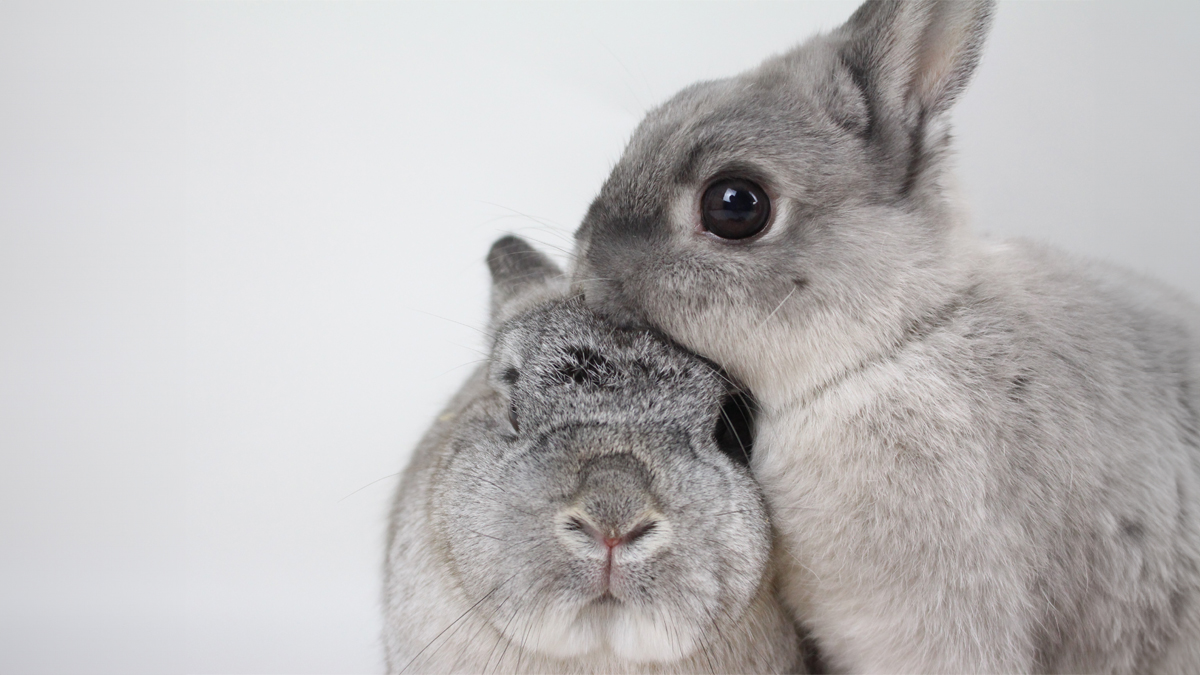
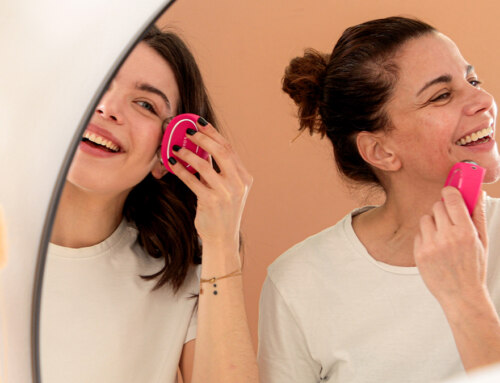
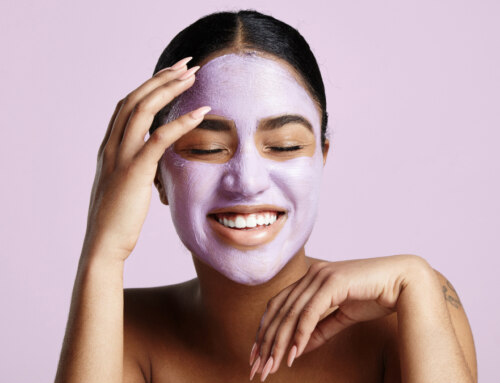
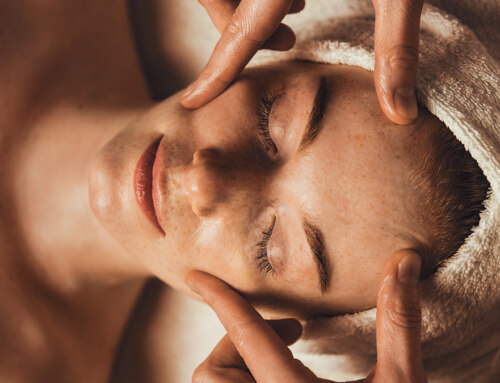

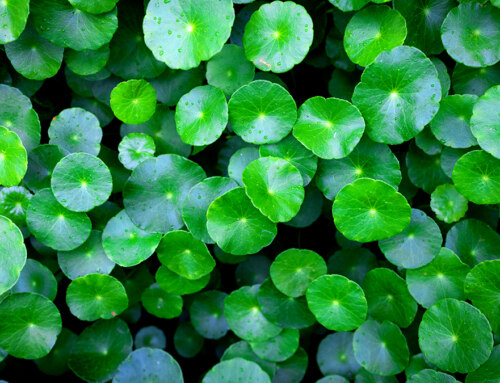
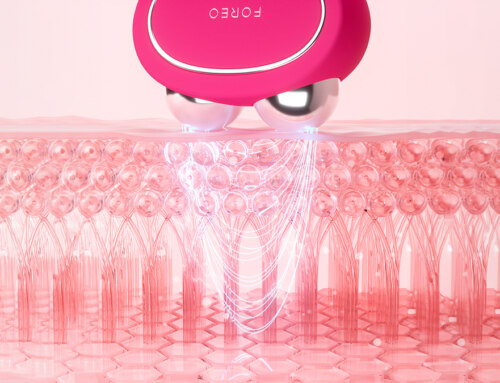

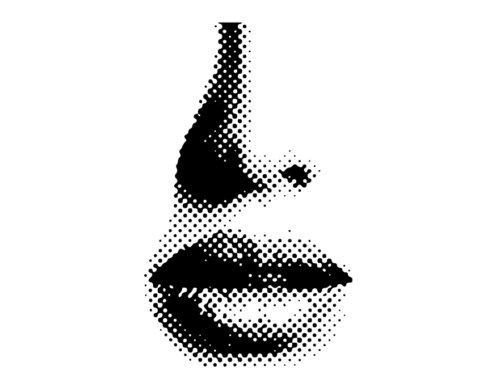



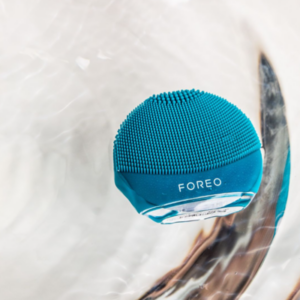

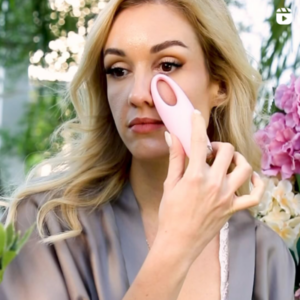
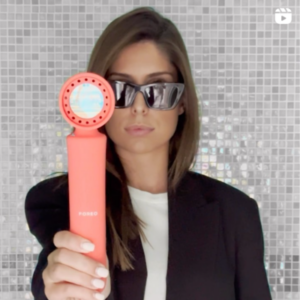
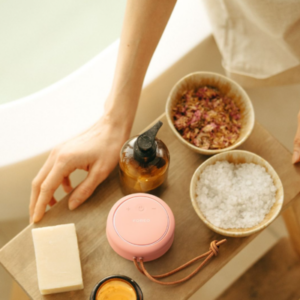
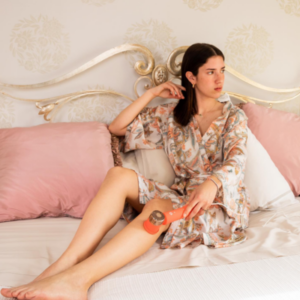
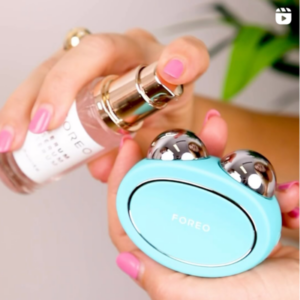
Leave A Comment